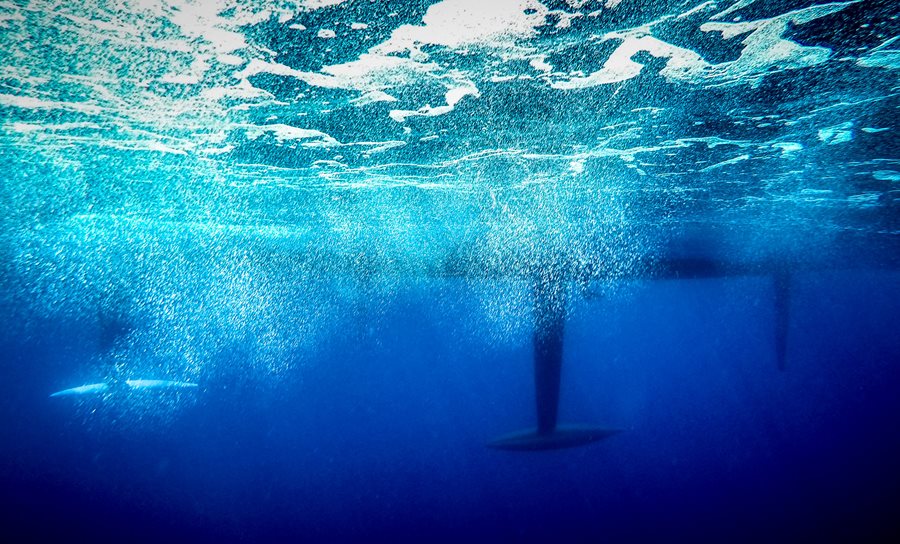
When you grow up sailing dinghies, the importance of sail balance becomes pretty obvious pretty quickly. How you balance the power in your sails directly affects your ability to stay dry: if you let the boat get away from you, you capsize. I didn’t fully understand boat balance, however, until my college sailing coach, Skip Whyte, made us sail around the Charles River without rudders. It became clear that the sails actually steer the boat when trimmed properly.
For racers, that realization has enormous benefits. Using your sails instead of relying on your rudder eliminates a certain amount of drag that slows the boat down, but the advantages of a balanced boat don’t just apply to racers trying to squeeze out every last 1/10 of a knot of boat speed. Having your sail and hull forces act in concert lessens the strain on your gear and equipment, it reduces heeling, and it makes for faster – and safer – passages, no matter which kind of sailing you do.
How to find Balance
It starts by understanding what’s happening above the deck and below the waterline.
Boat designers consider many factors, such as mast height and aspect ratio, when designing the underwater shape of a boat. The goal is to create a shape that allows the power of the sails to be transformed into forward motion. Inherent in that shape are the keel and rudder designs, which provide the necessary resistance to the sideways push on the sails to keep the boat moving forward. The averaging out of these anti-sideways forces creates a theoretical bulls-eye known as the Center of Lateral Resistance (CLR). The CLR is a static (fixed) location that usually ends up in the aft section of the keel.
Above deck, a similar theoretical bulls-eye marks the average of all the pressure exerted on the sails by the wind – that bulls-eye is known as the Center of Effort (CE). Unlike the CLR, the CE moves: different sail sizes exert different forces in different places, moving the bulls-eye around. Changing conditions also affect the CE.
So, what does this have to do with balance?
Simple. When the CE is positioned directly over the CLR, the boat will sail in a straight line without having to touch the wheel or tiller. This works because the CLR acts like a pivot point. If the CE is in front of the CLR, the bow will move away from the wind (creating lee helm). Conversely, moving the CE aft of the CLR will point the bow into the wind (resulting in weather helm).
Each boat is different, and it will take some experimentation to find out how well your boat is balanced, but no matter what kind of boat you’re on, the same principle applies. You can test this theory yourself by trimming your sails independently of each other. If you pull the main in all the way while luffing the jib, the boat should climb to windward until it stalls out in irons. Dumping the main and trimming the genoa will have the opposite effect. When you can sail in a straight line without using your rudder, balance has been achieved.
If you can’t get your boat to balance, you may want to check your sail shape. Older sails lose their shape over time, which can throw off your CE/CLR interaction.
This tip has been brought to you by Quantum Sails.









